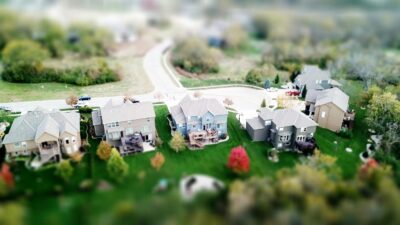Renovating a home is never a one-size-fits-all endeavor. While blueprints and design plans provide a solid foundation, the true complexity of a renovation often lies in the regional nuances that influence every decision—from materials and layout to labor and compliance. Climate, culture, geography, and local building codes all play a role in shaping how renovations unfold in different parts of the country.
Understanding these regional quirks is essential for homeowners, designers, and contractors alike. It ensures that renovations are not only aesthetically pleasing but also functional, durable, and aligned with local expectations.
Climate Dictates Material Choices
One of the most significant regional factors in renovation is climate. The materials that work well in one part of the country may be completely unsuitable in another. For example, homes in the Pacific Northwest must contend with constant moisture, making mold-resistant materials and proper drainage systems a top priority. In contrast, homes in the Southwest face intense sun and heat, requiring UV-resistant finishes and energy-efficient insulation.
Roofing is a prime example of how climate shapes renovation decisions. In Central Texas, for instance, the combination of scorching summers and sudden hailstorms demands durable, weather-resistant roofing solutions. Homeowners often turn to a trusted Austin roofing company to ensure their roofs are built to withstand these extremes. Local professionals understand the specific challenges of the region and can recommend materials like metal or impact-resistant shingles that offer both longevity and protection.
Local Codes and Permits Shape the Process
Building codes and permitting requirements vary widely from one municipality to another, and they can significantly impact the scope and timeline of a renovation. What’s permissible in one city might be restricted in another due to zoning laws, historical preservation rules, or environmental regulations.
For example, coastal areas often have strict codes related to hurricane resistance, while earthquake-prone regions like California require seismic retrofitting. In older urban neighborhoods, renovations may need to preserve certain architectural features or adhere to specific aesthetic guidelines. Navigating these regulations requires local knowledge and often the help of professionals who are familiar with the permitting process in that area.
Regional Aesthetics Influence Design
Beyond functionality and compliance, regional preferences also shape the visual aspects of a renovation. Design trends often reflect the history, culture, and natural surroundings of a place. A renovation in New England might lean toward colonial or farmhouse styles, while a home in the Southwest could incorporate adobe textures, terracotta tiles, and earthy color palettes.
Understanding and embracing these regional aesthetics can help a renovation feel authentic and harmonious with its environment. It also adds value, as buyers and renters often seek homes that reflect the character of the area. Working with local designers or architects can help ensure that your renovation resonates with the community and enhances the property’s appeal.
Labor Markets and Contractor Availability Vary
Another often-overlooked regional factor is the availability and cost of skilled labor. In booming metropolitan areas, high demand for contractors can lead to longer wait times and higher prices. In rural regions, the challenge may be finding specialists at all, especially for niche tasks like historic restoration or custom cabinetry.
Local contractors also bring valuable insights into regional best practices. They know which materials hold up best in the local climate, which suppliers are most reliable, and how to navigate local bureaucracy. Building relationships with trusted local professionals can make the renovation process smoother and more efficient.
Environmental and Cultural Considerations Matter
Finally, regional quirks extend beyond the physical and regulatory—they also include environmental and cultural considerations. In areas with strong environmental movements, there may be a push for sustainable building practices, such as using reclaimed materials or installing solar panels. In culturally rich neighborhoods, renovations may need to respect community traditions or architectural heritage.
Being sensitive to these factors not only helps avoid conflict but also fosters goodwill and community support. It can even open up opportunities for grants or incentives aimed at promoting sustainable or culturally appropriate renovations.
Conclusion
Renovating a home is about more than following a blueprint—it’s about adapting to the unique characteristics of the region in which the home stands. From climate and codes to culture and craftsmanship, regional quirks influence every aspect of the renovation process. By acknowledging and embracing these local factors, homeowners and professionals can create spaces that are not only beautiful and functional but also deeply rooted in their surroundings.
View the original article and our Inspiration here


Leave a Reply